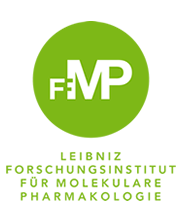CRC 1449 DYNAMIC HYDROGELS AT BIOINTERFACES
Hydrogels are three-dimensional networks consisting of water-swellable polymers that can hold a high proportion of water. In this Collaborative Research Center "Dynamic Hydrogels at Biological Interfaces", the scientists want to use the respiratory tract and the intestine to determine and investigate the most important physicochemical factors that characterize the protective functions of hydrogels at biological interfaces. It also aims to define the prerequisites for the development of new therapeutic strategies in pulmonary and gastrointestinal diseases.
The overarching goal of this CRC is to define the key physicochemical parameters that determine protective hydrogel function at biological interfaces in health and define abnormalities in disease for prospective development of novel therapeutic strategies. To achieve this ambitious goal, we will perform a detailed analysis of
the physical, chemical and biological properties of synthetic and native hydrogels (i.e. mucus and glycocalyx). We focus on the individual and combined contributions of hydrogel components and their functional impact on airway and intestinal surfaces constituting the largest biointerfaces covered by hydrogels in the human body. In this context, we will include studies of exemplary pulmonary and gastrointestinal diseases, in which abnormal hydrogels play a central role or have been implicated as important determinants of pathogenesis. These examples include
i) cystic fibrosis (mucoviscidosis) as a chronic muco-obstructive lung disease triggered by abnormal viscoelastic properties of mucus in the airways;
ii) acute respiratory tract infections caused by bacteria and viruses; and
iii) inflammatory bowel disease, a chronic disease condition associated with abnormal mucus composition in the gastrointestinal tract.






